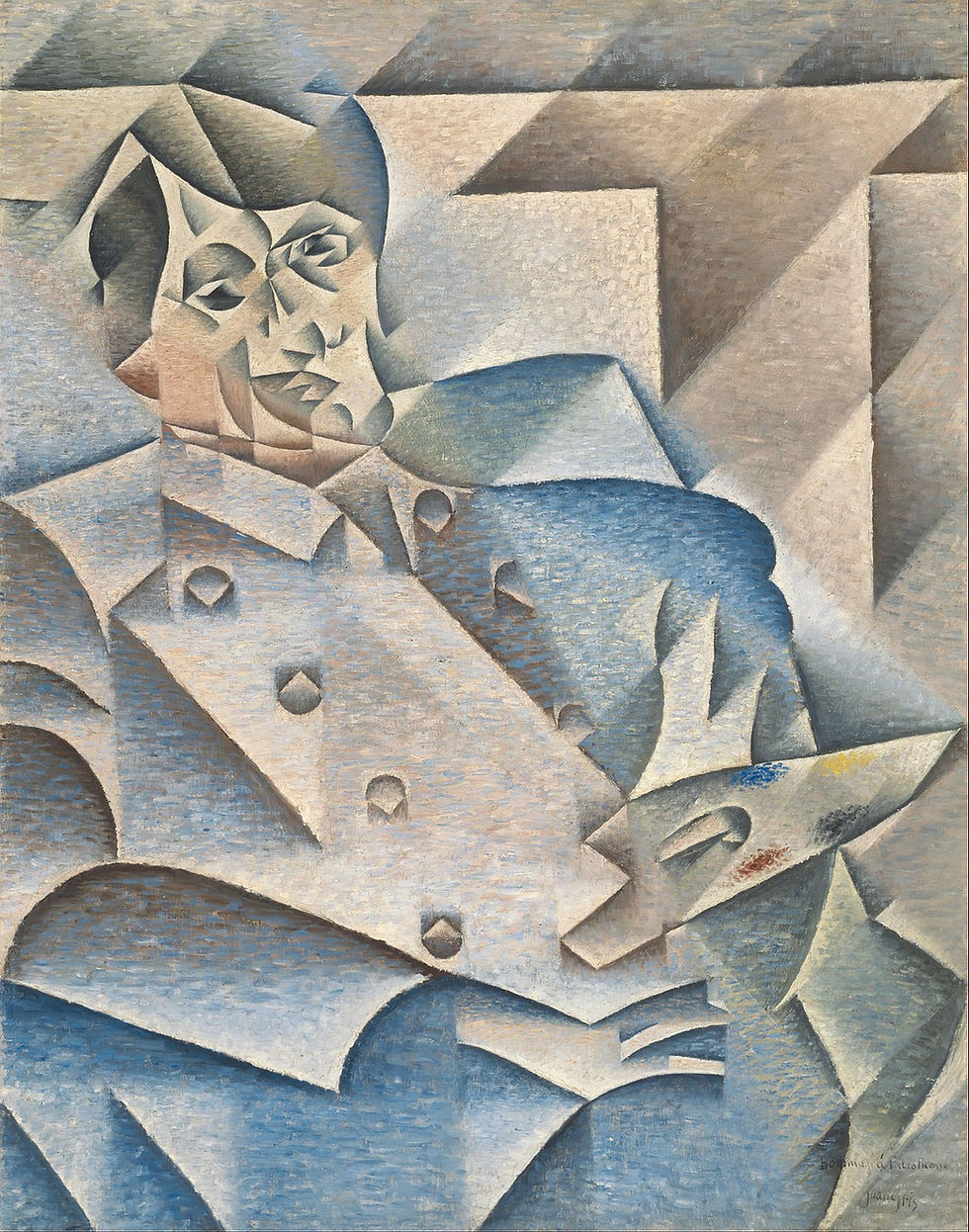Picasso: the shadow of success
- Art Trading & Finance

- Feb 17, 2021
- 2 min read

Falling in love with Picasso was a terrible thing to do. His primary relationship was with his art, while his lovers were like hobbies and passing interests, things he experimented with for a period here and there. His first marriage was to a woman named Olga Khokhlova and they had one child together. The two separated after she discovered that Picasso was having an affair with a seventeen-year-old girl named Marie-Therese Walter. He was 45 years old at the time. Picasso fathered a child with Walter, but moved on to other lovers a few years later. He began dating an art student named Francoise Gilot in 1944.
She was 23 years old. Picasso had just turned 63 at the time. Gilot and Picasso had two children together, but their relationship ended when Picasso began yet another affair, this time with a woman who was 43 years younger than him. After they separated, Gilot published a book called Life with Picasso, which revealed his long list of sexual flings and sold over one million copies. Out of revenge, Picasso refused to see their two children ever again. Basically, Picasso’s romantic life was a revolving door of affairs and infidelity. There must have been something intoxicating about Picasso because after his death, not one, but two of his lovers committed suicide due to their grief.

Picasso's many relationships though were essential to the progression of his art as he invented a new style each time he fell in love. Researchers have catalogued 26,075 pieces of art created by Picasso and some people believe the total number is closer to 50,000. He lived for a total of 33,403 days. With 26,075 published works, that means Picasso averaged 1 new piece of artwork every day of his life from age 20 until his death at age 91. He created something new, every day, for 71 years. Did the beauty of Picasso’s art add more joy to the world than the pain he caused through a series of broken relationships? It’s easy to believe his contribution was net positive because we didn’t have to bear the pain. His ex-wives and mistresses might feel differently—especially the two who committed suicide. Do we want the shadow that comes with the success? What kind of pain are we willing to bear in the name of achieving what we want to achieve?
Success in one area is often tied to failure in another area, especially at the extreme end of performance. The more extreme the greatness, the longer the shadow it casts. Success is complicated. We love to praise people for becoming famous, for winning championships, and for making tons of money, but we rarely discuss the costs of success.





Comments